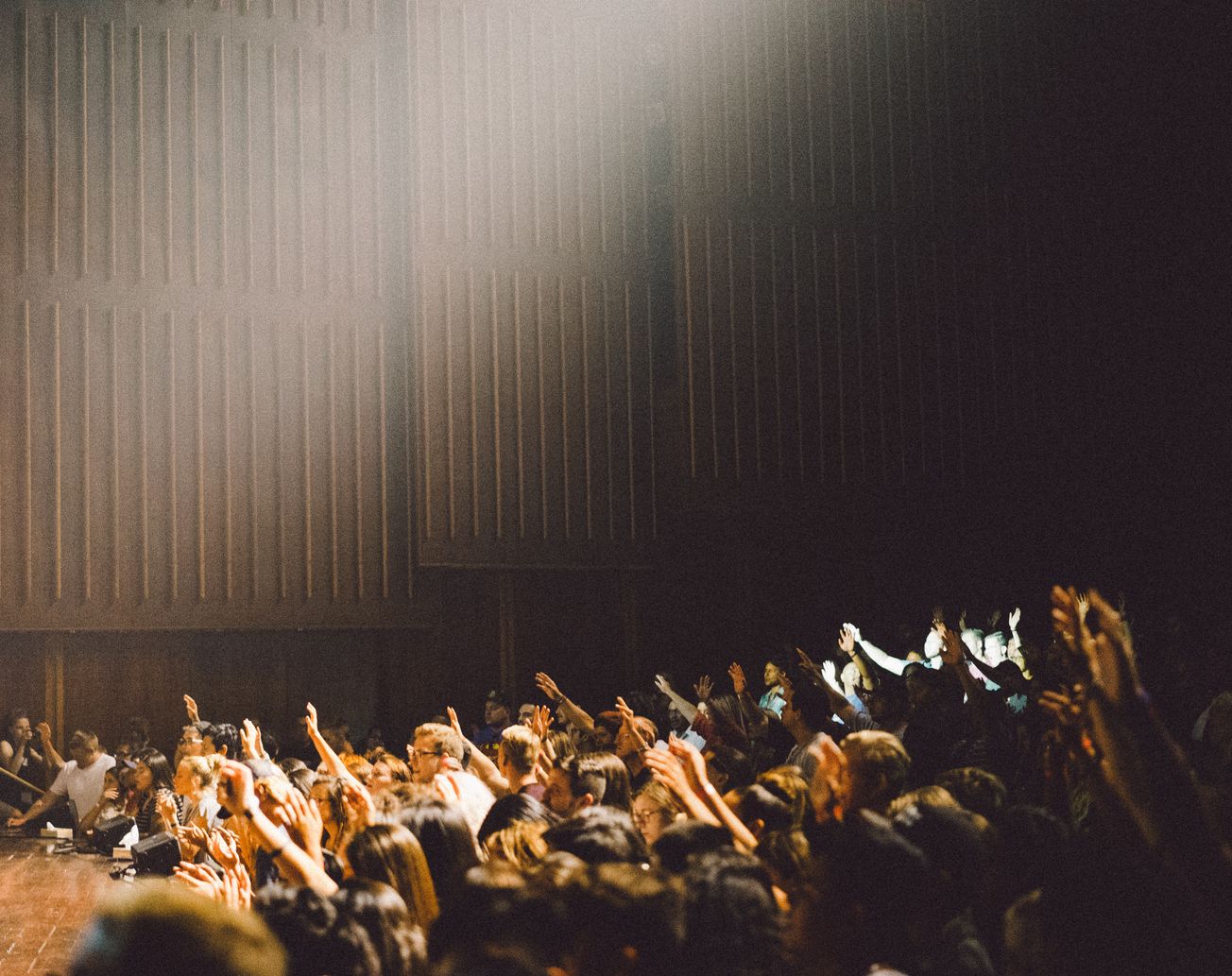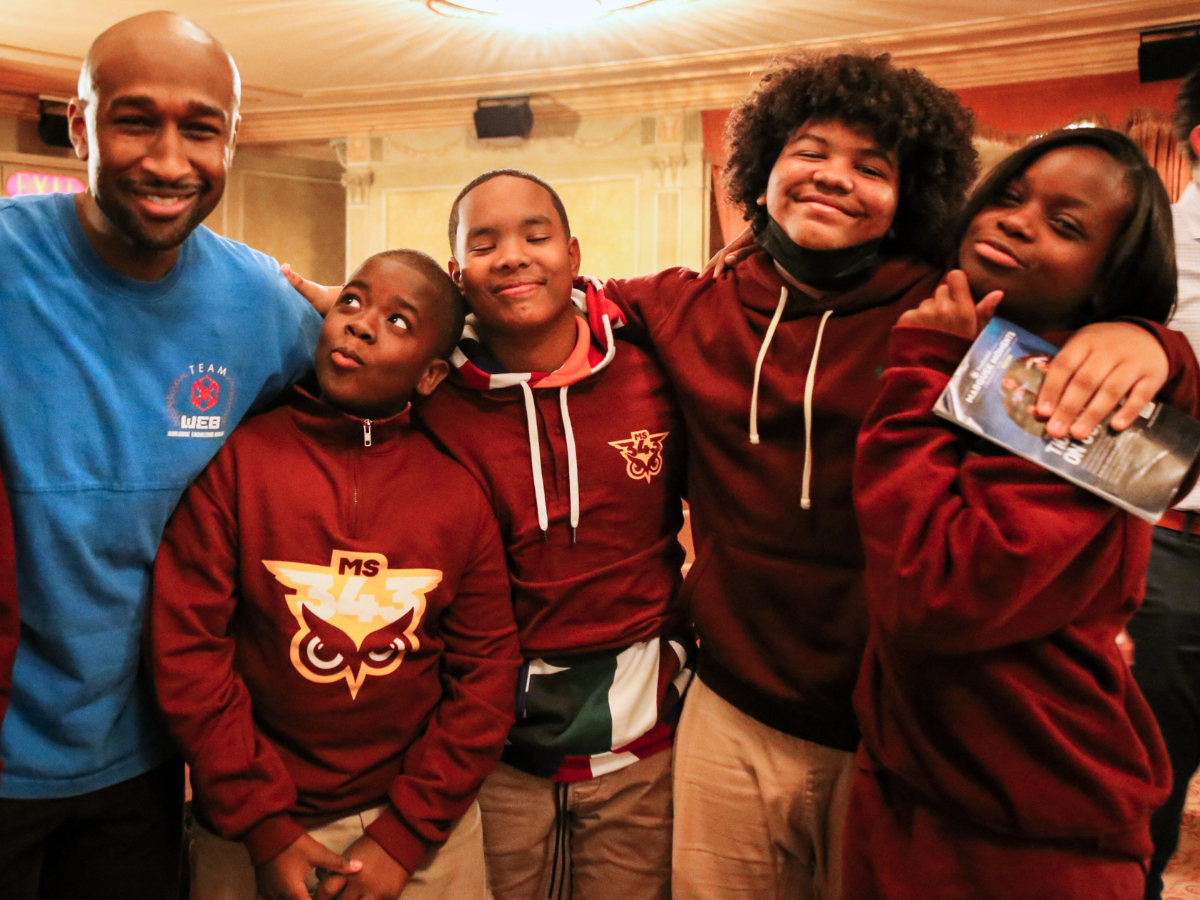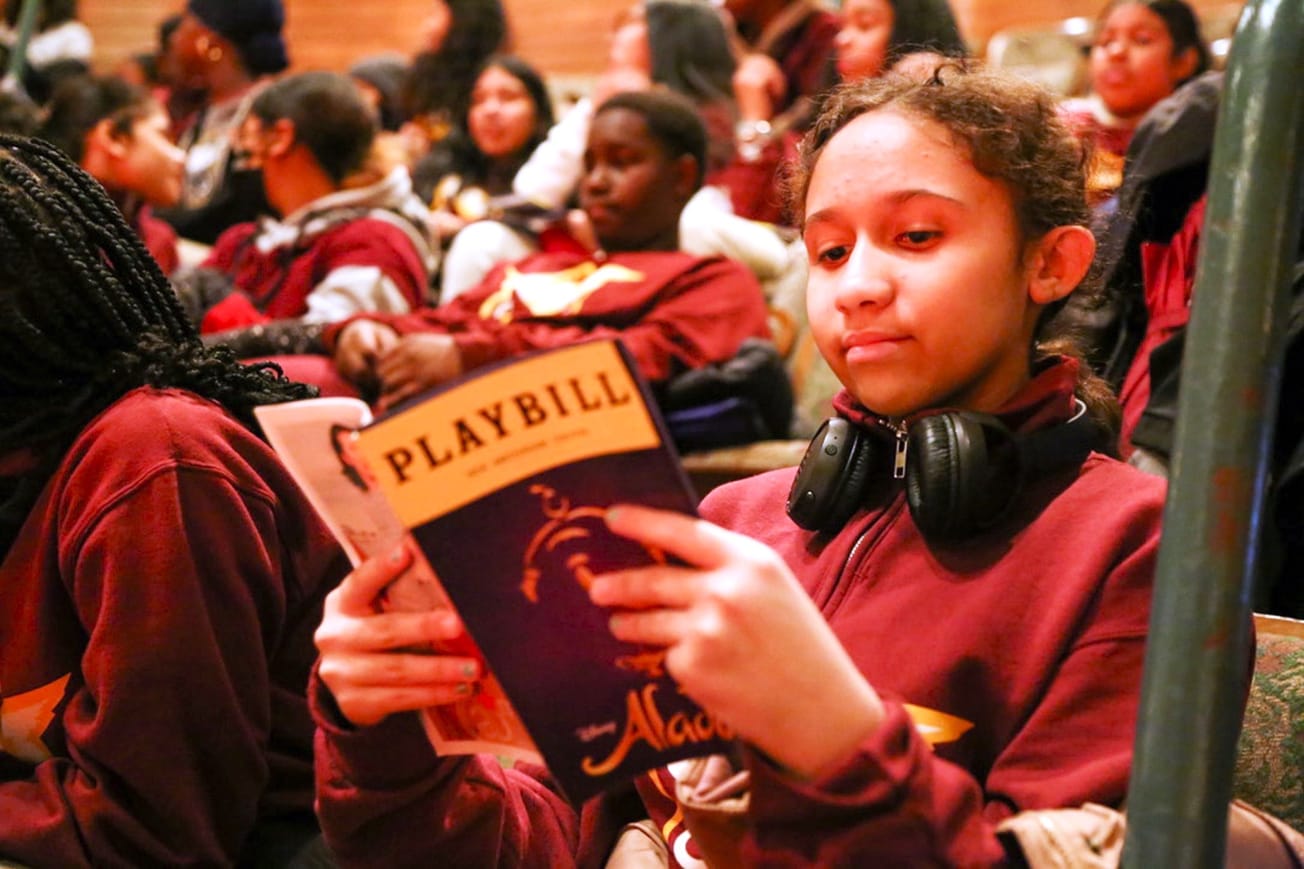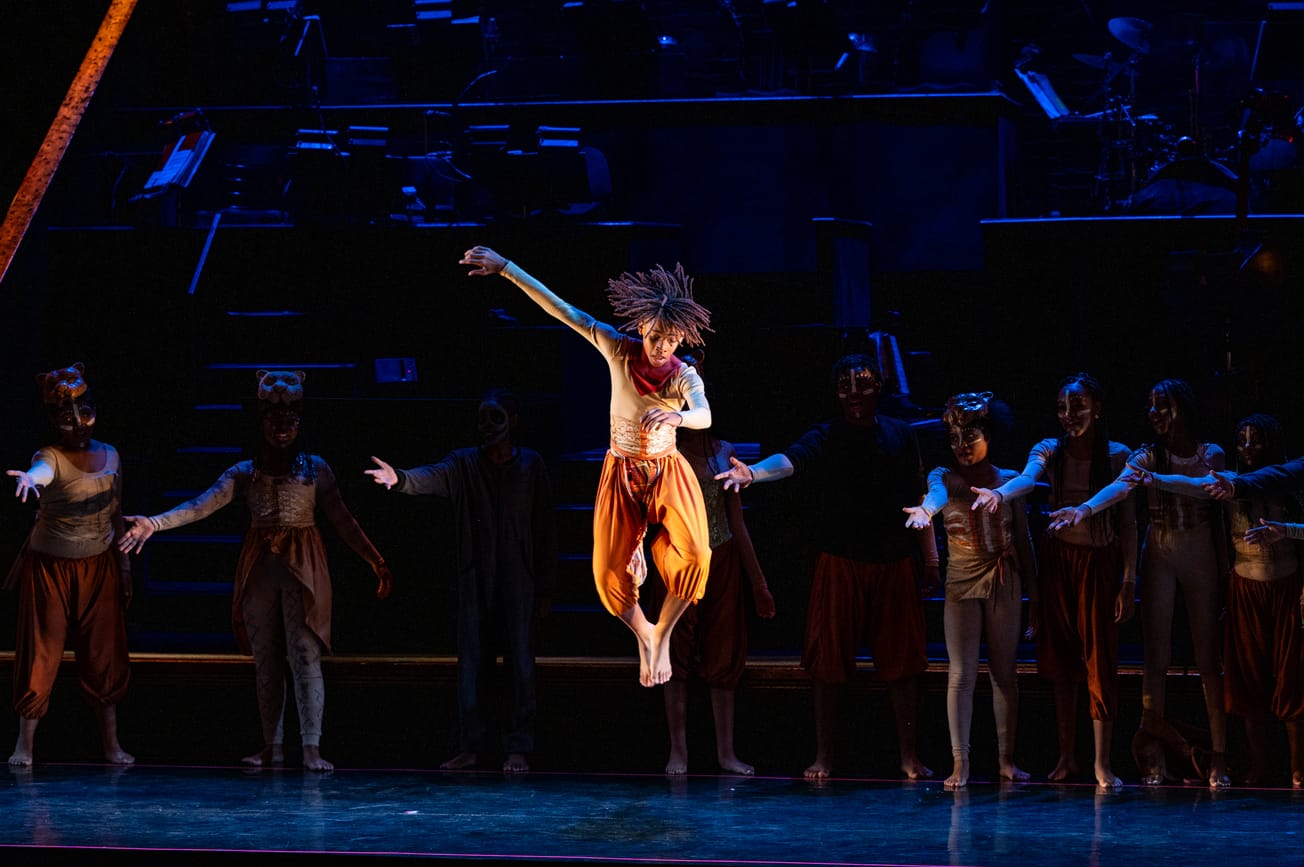The COVID-19 pandemic has caused significant disruptions in many areas of life, including education. Arts education in particular, which plays a crucial role in a well-rounded curriculum by fostering creativity, critical thinking, and emotional well-being, has been severely affected. Unfortunately, the pandemic has worsened the already existing disparities in access to arts education, especially for students in urban communities.
Even before the pandemic, there were over 2 million students across the country who did not have access to arts education, according to a report by the National Arts Education Data Project, based on a study of 17 states. Even more concerning, Black students have the least access, with 7% of them attending schools that do not offer any arts education. This rate is more than twice as high as that of white and Asian students.
Schools with a high number of students who qualify for free or reduced-price meals also face challenges in providing arts education. About 6% of these schools lack access to arts education, compared to 3% of schools with fewer students in need. This means that economic disadvantage often leads to limited opportunities for arts education, creating an unfair situation for many students.
These declines in arts education reflect long-standing inequalities in the education system. Students in high-needs schools and historically underserved populations have been hit the hardest, and they are the ones who rely heavily on schools to provide arts experiences. Shockingly, the report shows that white students have experienced almost no decline in arts education since the 1980s, while Black students have seen a 49% reduction, and Hispanic students have experienced a 40% reduction.
These disparities are rooted in historically racist housing policies and funding inequities. A study in 2019 found that schools with a large population of minority students receive $23 billion less in funding each year compared to schools with fewer minority students. The pandemic has only widened these gaps, as schools with fewer resources and higher needs face even greater constraints.
Several barriers hinder arts education, especially for Black, Brown, and low-income students, both before and after the pandemic. Schools need proper facilities and resources for effective arts instruction, but many lack the necessary spaces and materials. Additionally, there is a shortage of qualified arts teachers, leading to reliance on inexperienced teachers in racially diverse schools. Insufficient teacher preparation not only affects the quality of instruction but also contributes to high turnover rates, creating disruptions for students.
To address these barriers, it is crucial to prioritize equity in arts education. It is important to understand that arts education is not just about final performances; it is about the process of learning, practicing, and collaborating. The value of arts education lies in developing essential skills and promoting emotional well-being.
Closing the gaps in arts education requires a collective effort to ensure that resources are distributed equitably, and all students have access to high-quality arts education. It is time to invest in the arts and provide every student, regardless of their background, with the opportunities they deserve.









